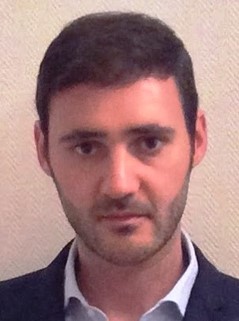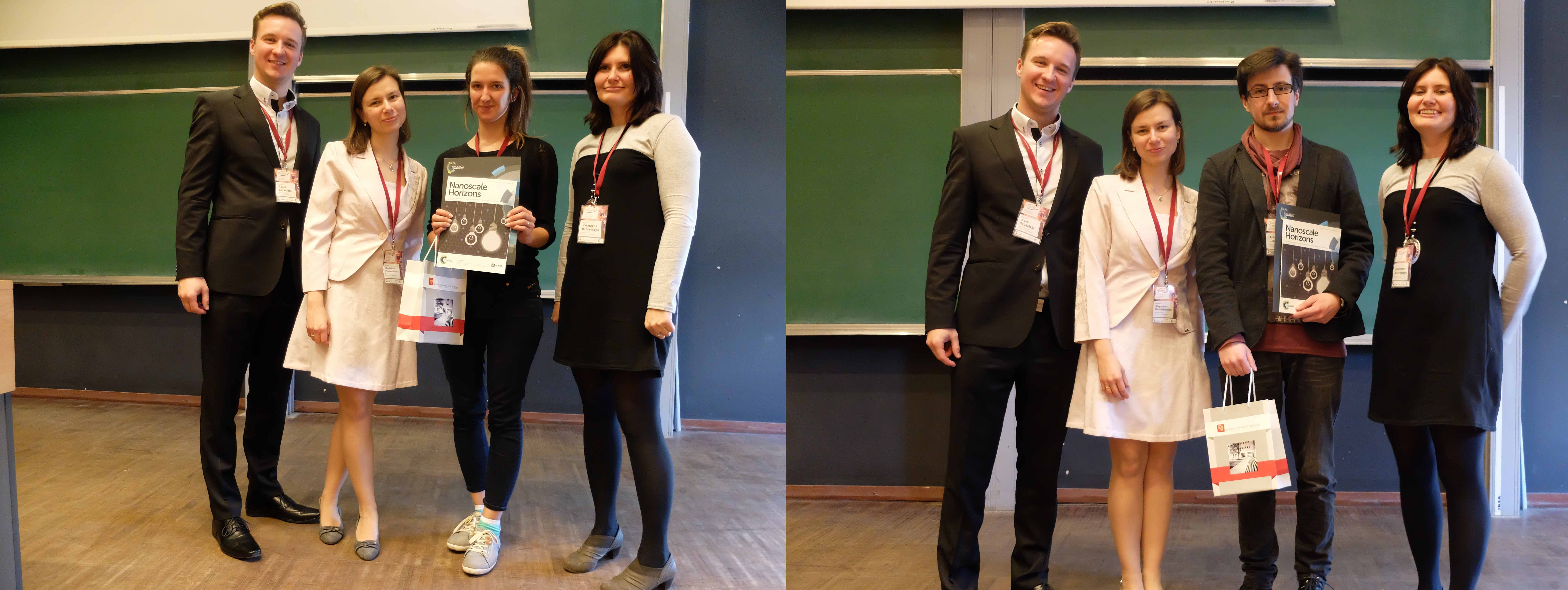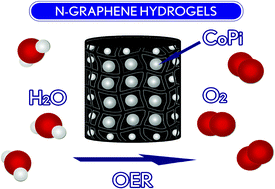After the successes of the Materials Horizons Community Board launched last year, we have created a Community Board for Nanoscale Horizons. These Board members will provide invaluable feedback regarding journal activities, as well as being ambassadors for the journal.
We requested nominations from our Board members, as well as from the wider academic community over the summer, and were thrilled with the high calibre of candidates nominated.
We are now delighted to announce the members of the Nanoscale Horizons Community Board. The Board consists of 32 international researchers at different stages of their early careers, ranging from PhD candidates to Associate Professors.
Read more about our Board members below. We have also expanded the Materials Horizons Community Board, find out more here.
| Julian Bergueiro Álvarez | |
 |
Dr Julian Bergueiro received his BS and MS in Chemistry from the University of Santiago de Compostela (Spain) in 2007 and 2008, respectively. In 2013 he received his PhD from USC under the supervision of Prof. S. Lopez. In 2012 he joined the group of Prof. R. Riguera to work on the synthesis and characterization of stimuli-response helical polymers and poly(phenylacetylene)s@gold nanoparticle nanocomposites. He joined Prof. M. Calderon group in 2013 to carry out his postdoctoral research at Freie Universität Berlin. He was awarded with a Dahlem International Net-work Postdocs Fellowship to develop gold based thermoresponsive nanogels as nanocarriers. |
| Simone Bertolazzi | |
 |
Simone is postdoctoral researcher (Marie Curie Intra-European Fellow) at the Institut de Science et d’Ingénierie Supramoléculaires in Strasbourg, France, working with Prof. Paolo Samorì. He received a B.S. degree in Engineering Physics from Politecnico di Milano (2007) and M.S. degrees from Politecnico di Milano (2010) and École Polytechnique de Montréal (2011). He then obtained a PhD in Physics from École Polytechnique Fédérale de Lausanne, where he conducted his doctoral work in the group of Prof. Andras Kis. His current research activities focus on hybrid multifunctional materials based on two-dimensional crystals and molecular systems. |
| Randy Carney | |
 |
Dr. Randy Carney is a postdoctoral scholar working in the lab of Prof. Kit Lam at the University of California Davis Medical Center, where he leads the extracellular vesicle research team. He specializes in nano-characterization schemes and exosome isolation. Recently, Dr. Carney and his team have developed methods for optical trapping and Raman characterization of single vesicles derived from a variety of tumor biofluids. Dr. Carney also has an extensive background in gold nanoparticle synthesis, characterization, and cell delivery, all topics of his Ph.D. work with Prof. Francesco Stellacci (MIT/EPFL). |
| (more…) |
















